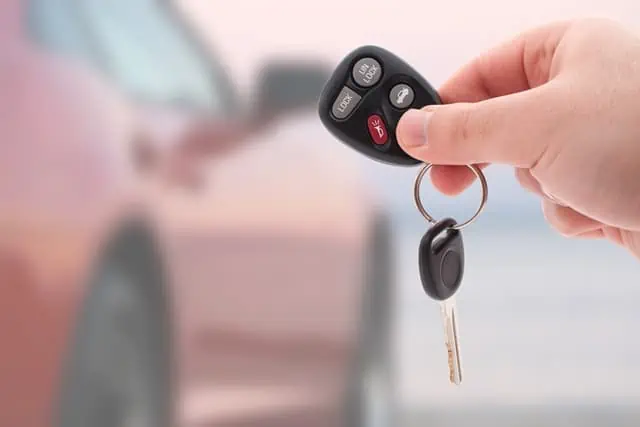In today’s automotive landscape, the convenience and security afforded by remote programming technology have revolutionized the way we interact with our vehicles. From keyless entry to remote start functionality, remote programming allows drivers to control various aspects of their cars with the push of a button. But how exactly does this technology work? Let’s delve into the intricacies of remote programming and explore the process of syncing key fobs with vehicle immobilizers and onboard systems.
Understanding the Process of Remotely Programming:
Remote programming enables seamless communication between a car’s key fob and its onboard systems, facilitating remote access and control. At its core, remote programming relies on radio frequency (RF) technology to establish a wireless connection between the key fob and the vehicle.
The Key Fob:
The key fob, typically equipped with buttons for locking, unlocking, and other functions, contains a small microchip programmed with a unique code. When a button on the key fob is pressed, it sends a signal containing this code via RF transmission.
Vehicle Immobilizer:
Embedded within the vehicle’s engine control unit (ECU) or body control module (BCM), the immobilizer is a security feature designed to prevent unauthorized vehicle operation. It interacts with the key fob to authenticate the driver’s access rights.
The Syncing Process:
When a driver presses a button on the key fob, the fob emits an RF signal containing its unique code. The vehicle’s immobilizer receives this signal and compares the code with those stored in its memory.
If the code matches a valid entry in the immobilizer’s database, the vehicle’s onboard systems grant access, allowing the driver to perform the desired function, such as unlocking the doors or starting the engine. This process typically occurs within a fraction of a second, ensuring rapid and seamless operation.
Security Measures:
To prevent unauthorized access, remote programming systems employ encryption algorithms and rolling code technology. Rolling code systems generate a new, randomly generated code with each button press, making it virtually impossible for would-be thieves to intercept and replicate the signal.
Conclusion:
In essence, remote programming technology facilitates secure and convenient vehicle access by establishing a wireless connection between the key fob and the vehicle’s onboard systems. Through RF communication and sophisticated encryption techniques, drivers can remotely control key functions with ease, transforming the driving experience in the modern age.

